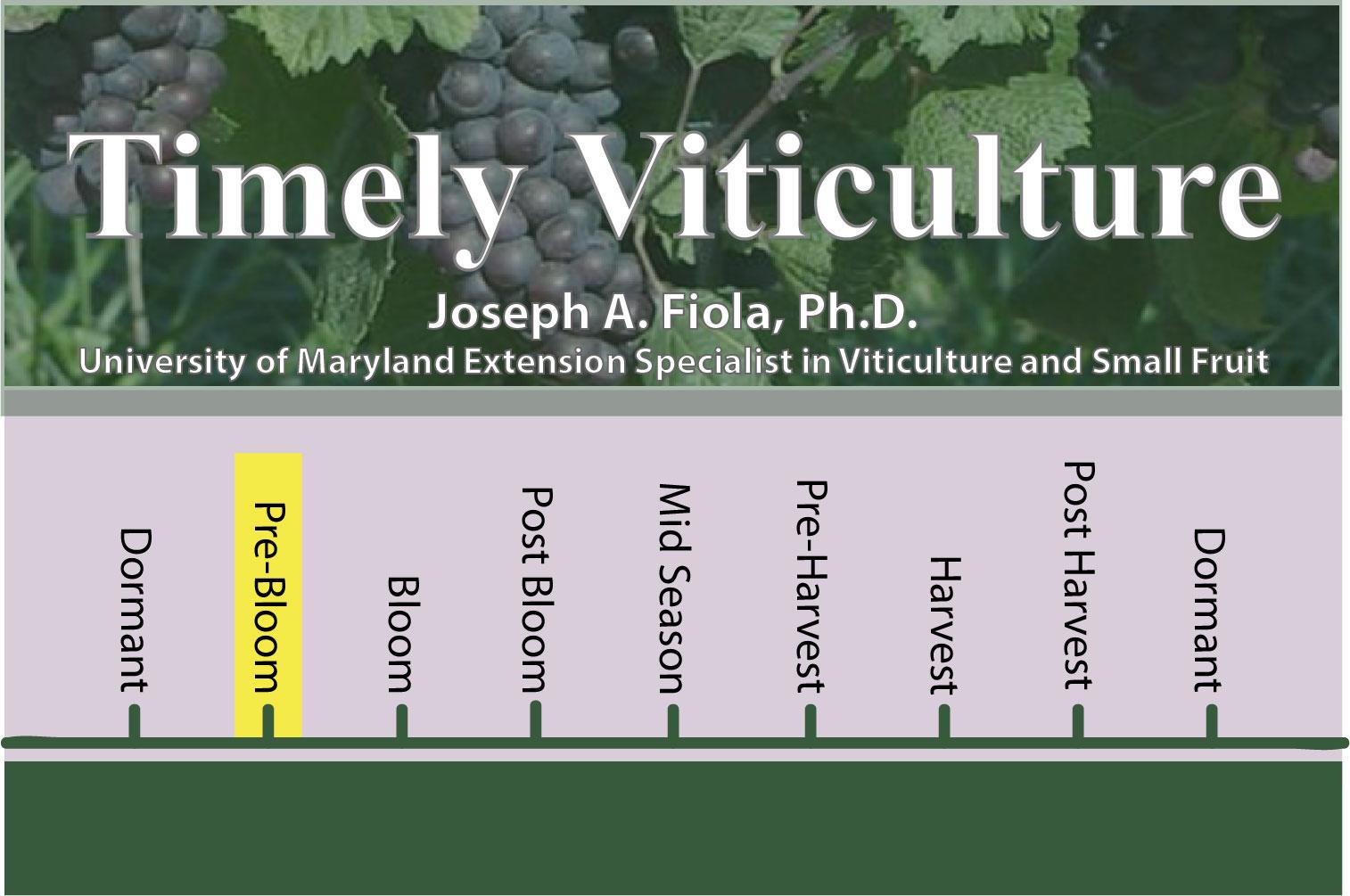Avoiding Injury to Grapes From Off-Target Herbicide Exposure
Over the past few years, there have been quite a few cases in Maryland of injury to grapevines from herbicides that were sprayed to control weeds before planting crops on adjacent or nearby fields. Damage has ranged from some minimal leaf distortion through severe damage, crop loss, and vine death. Knowledge of activities on surrounding farms and how to communicate pest management alternatives and application specifics is critical to minimize or avoid potential damage.
- 2,4-D is a very popular (and least expensive) post-emergence option for broadleaf weed control in sweet corn, field corn, and small grains.
- 2,4-D and other phenoxy products (such as Banvel) are very effective in controlling many annual and some perennial broadleaf weeds.
- 2,4-D is available in formulations that differ in volatility – the higher the volatility the greater the risk of damage:
- The order of DECREASING volatility of 2,4-D formulations is: 2,4-D ester (short-chain) > 2,4-D ester (long-chain) > 2,4-D amine.
- Injury can be caused by off-target drift (including poor spray technique, incorrect droplet size, spraying in high winds, etc.)
- Research has shown that downwind drift deposits from ground sprayer can range from less than 1 percent to as much as 8 percent.
- Injury can also be from exposure to volatile fumes which can be present for multiple days after application, depending on temperature and humidity conditions.
- Volatile 2,4-D fumes can drift for miles but the potential for damage decreases as the distance
increase due to dilution.
- Volatile 2,4-D fumes can drift for miles but the potential for damage decreases as the distance
- Injury can also be from wind-drift of herbicide contaminated soil.
- Grapes are extremely sensitive to injury from 2,4-D.
- There are differences in susceptibility to damage among grape varieties.
- Younger plants are more susceptible than mature plants.
- Symptoms are twisting and leaf curling, discolored veins,
- Leaves unexpanded at exposure may eventually come out stunted and distorted.
- With high exposure: Chlorosis may develop, leaves may drop, shoot tips may die, stems may dieback, the existing crop can abort or cease further development.
- Severely injured vines may not recover for two years or more or die outright.
- In less severe exposure, growth may resume to normal.
- There are several steps to prevent problems:
- If possible, leave a buffer zone of at least 350 feet between potentially treated fields and grapevines.
- Inform the County and State (as appropriate) Department of Transportations about vineyard
- locations as they may be spraying along roads, railroads, etc.
- Grape growers should communicate with their neighbors who may use these herbicides that grapes are growing in the area and encourage the following:
- Avoid the use of highly volatile formulations of herbicides.
- Do not apply herbicides when the wind is blowing toward sensitive plants and/or apply herbicides when a light breeze is blowing away from sensitive crops.
- Spray when temperatures remain below label temperature restrictions to minimize vaporization. A good rule of thumb is NOT to spray when the sum of the high temperature and
- humidity will be over 100 for that day and the next.
- Use sprayer application techniques that minimize the production of fine droplets, including proper nozzles, lower pressures, and using drift reducing agents.
For more detailed information, see Preventing Hormonal-Type Damage to Kansas Grapes (pdf), Kansas State University, Agricultural Experiment Station, and Cooperative Extension Service. S-142, June 2003.
Timely Viticulture is designed to give those in the Maryland grape industry a timely reminder on procedures or topics they should be considering in the vineyard.
